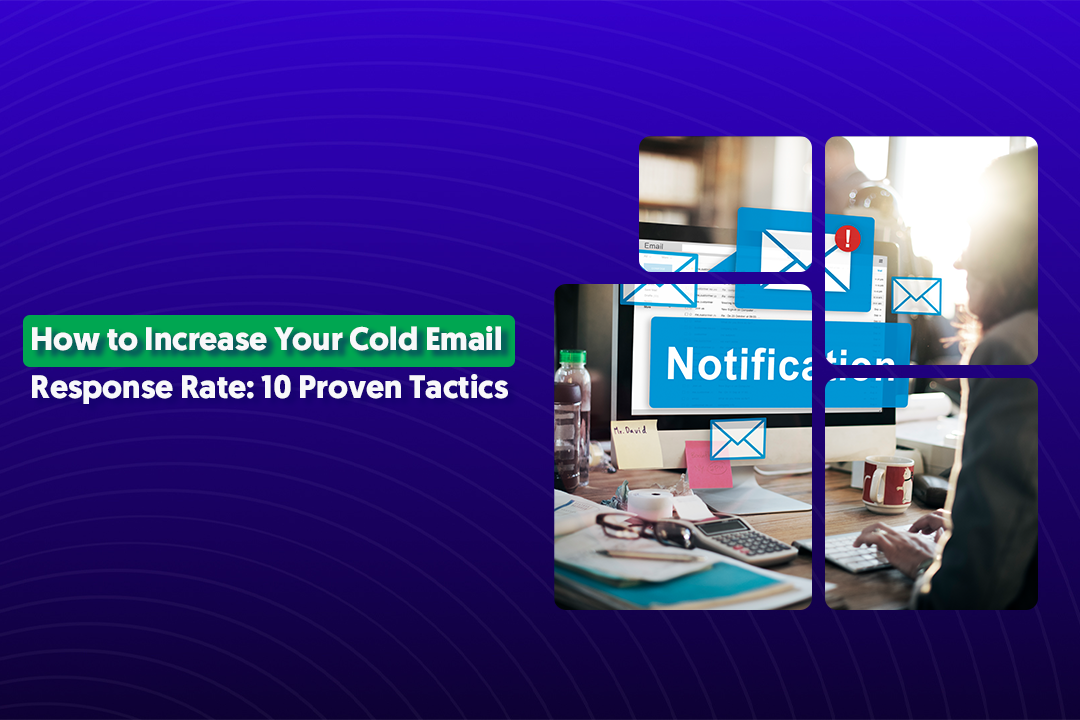Key Takeaways
- LinkedIn prospecting in 2025 requires a human-first, value-driven approach—not just mass messaging.
- Optimizing your profile into a conversion funnel builds instant credibility with prospects.
- Trigger-based outreach and warm engagement outperform cold templates every time.
- Publishing consistent, educational content attracts inbound leads organically.
- Smaller, curated networks drive higher conversions than chasing vanity connection counts.
- Combining thoughtful outreach with strategic lead magnets and retargeting ads can accelerate B2B pipeline growth.
LinkedIn prospecting in 2025 looks nothing like it did just a few years ago.
With inboxes flooded and buyer behavior shifting, generic cold outreach simply doesn’t cut it anymore.
Today’s most successful B2B brands are leveraging smarter, hyper-personalized strategies to turn LinkedIn into a lead generation engine.
At Cleverly, we’ve analyzed data from over 1,000+ high-performing LinkedIn prospecting campaigns, spanning industries, job titles, and messaging frameworks.
The takeaway?
There’s a clear pattern behind what works and what gets ignored.
Yet, despite all the tools and insights available, most businesses are still making the same LinkedIn outreach mistakes: Sending templated pitches, failing to optimize their profile for B2B lead generation, or giving up too early in the funnel.
This blog unpacks the top 10 LinkedIn prospecting tactics that are working right now in 2025, with practical tips you can use to scale your LinkedIn outreach strategy, build real relationships, and drive more conversions.
What Is LinkedIn Prospecting and Why Does It Matter?
LinkedIn prospecting in 2025 means using data-driven, hyper-personalized outreach to connect with B2B decision-makers in a way that builds trust—before ever making a pitch.
Unlike old-school tactics that relied on volume over value, modern LinkedIn prospecting is rooted in social selling, credibility, and nurturing relationships over time.
It’s no longer just about who you reach out to, but how you show up in their feed, inbox, and professional circles.
Done right, LinkedIn prospecting fuels consistent B2B lead generation without relying on expensive ads or cold calls.
How LinkedIn Became the #1 Channel for B2B Prospecting
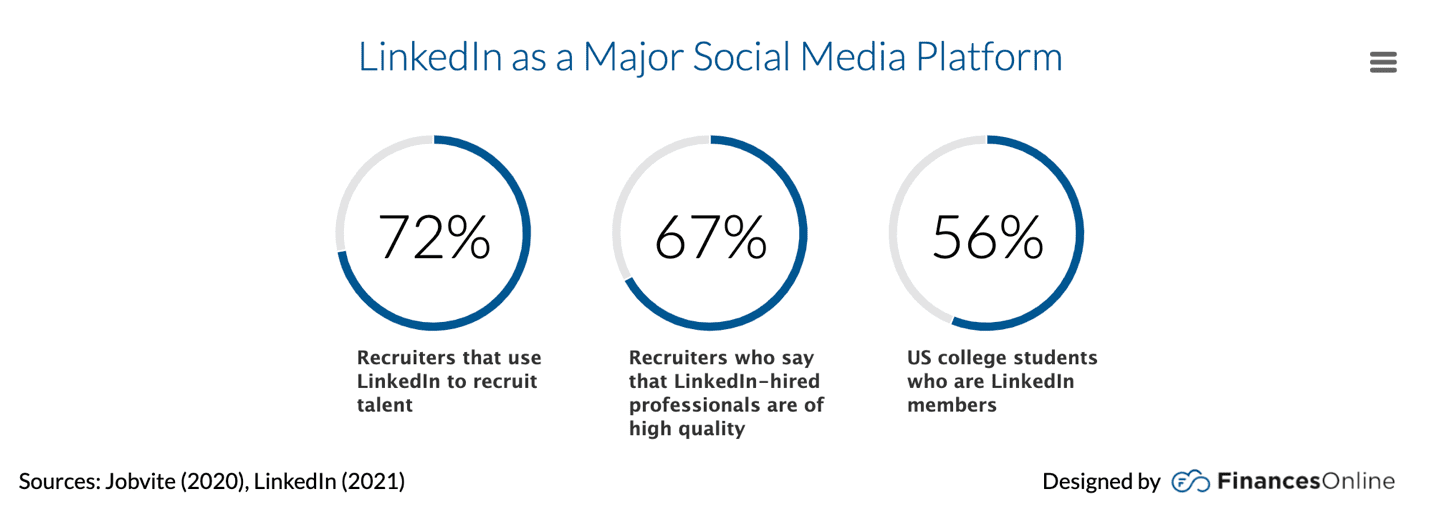
Over the past five years, LinkedIn has cemented itself as the primary hub for B2B lead generation and social selling, for three big reasons:
- Decision-Makers Are Actively Engaged
- 90% of B2B decision-makers say LinkedIn is their most trusted platform for professional content.
- Over 65 million decision-makers now use LinkedIn regularly to discover solutions, research vendors, and engage with thought leadership. (Source: LinkedIn Official Blog)
- 90% of B2B decision-makers say LinkedIn is their most trusted platform for professional content.
- The Rise of Personal Branding and Social Selling
- In the age of AI-generated content, authentic personal brands stand out.
- LinkedIn profiles that consistently share original insights and personalized connection requests generate up to 42% more replies compared to accounts using only automation tools.
- In the age of AI-generated content, authentic personal brands stand out.
- LinkedIn as a Trust-First Platform
- As buyers grow more skeptical of automated spam, LinkedIn remains a place where credibility and trust drive buying decisions.
- Most of the B2B buyers say they prefer working with sales professionals who are visible and active on LinkedIn, making it the ultimate platform to warm up prospects long before a sales conversation begins.
- As buyers grow more skeptical of automated spam, LinkedIn remains a place where credibility and trust drive buying decisions.
10 LinkedIn Prospecting Tactics For 2025
After analyzing thousands of campaigns across industries, we’ve identified the top 10 LinkedIn prospecting tactics that consistently outperform outdated spray-and-pray approaches.
These LinkedIn prospecting strategies are designed to help you build trust, drive more replies, and accelerate B2B lead generation on LinkedIn, without relying on spammy automation.
1. Turn Your Profile into a Conversion Funnel
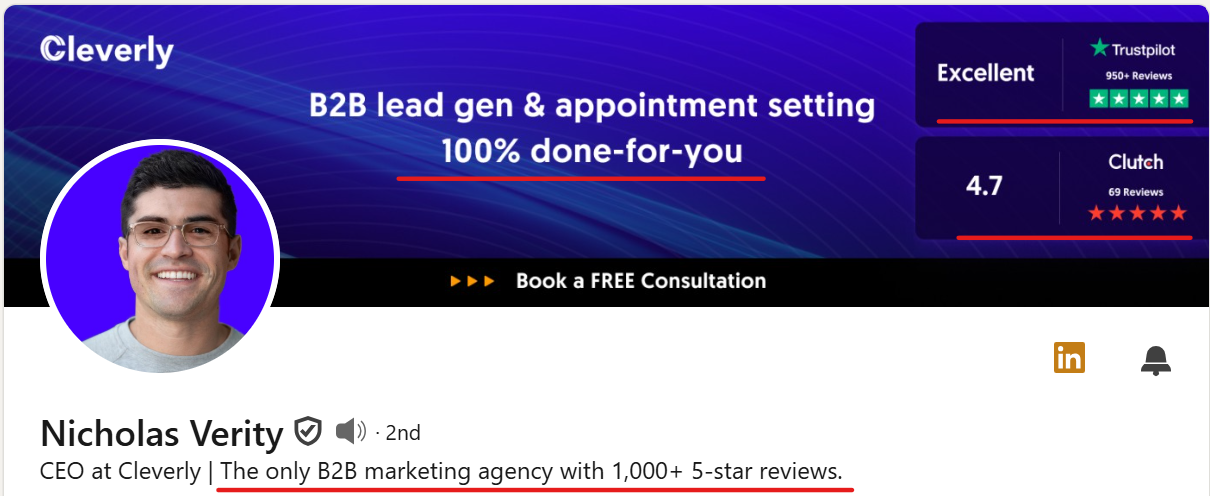
Your LinkedIn profile shouldn’t read like a résumé. It should function as a conversion funnel for inbound and outbound prospects alike.
Here’s how to optimize your LinkedIn profile for B2B lead generation:
- Use Outcome-Driven Headlines
Swap your default job title for a headline that speaks to the results you deliver. For example:
“Helping SaaS Companies Scale Pipeline to $5M+ ARR with LinkedIn Prospecting” - Banner Image = Soft Pitch + Credibility
Design a professional banner that reinforces your expertise. Include a tagline, logo, or a trust signal like client logos or media mentions.
- ‘About’ Section: Pain Points + Social Proof
This is prime real estate to build rapport. Address your audience’s biggest challenges, outline how you solve them, and layer in social proof like:
“Trusted by 200+ B2B teams.” - Featured Section: Lead Magnets & Booking Links
Showcase case studies, free resources, or a link to your Calendly. Make it frictionless for prospects to take the next step.
When you optimize your LinkedIn profile, you instantly boost credibility and engagement, so every connection request and message you send feels relevant and trustworthy.
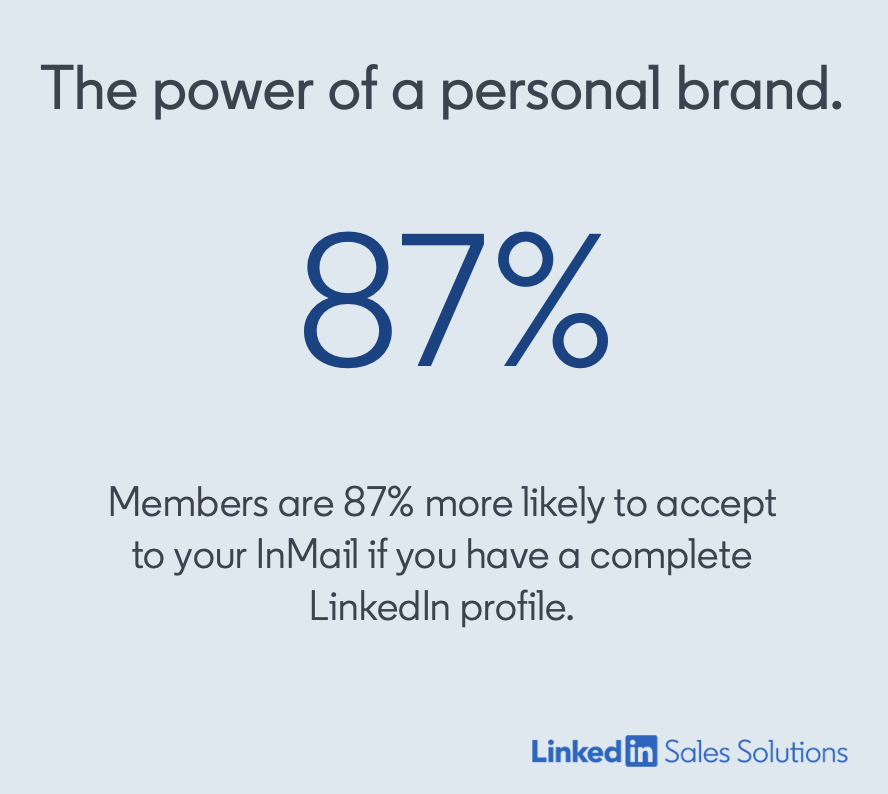
2. Use Trigger-Based Messaging Instead of Cold Outreach
If you want to stand out in 2025, ditch the generic cold outreach for B2B lead gen, and start using trigger-based messaging to connect when your prospects are most receptive.
Here’s why this works:
Unlike cold pitches, trigger-based outreach is contextual. You’re engaging people based on something they just did—which dramatically increases your chances of getting a warm reply.
Here are three powerful triggers to watch for:
✅ Job Changes
When a prospect starts a new role, they’re often re-evaluating tools, vendors, and strategies. Congratulate them * genuinely * , then offer helpful insights related to their new priorities.
✅ Content Posts or Engagements
If someone shares a post or comments on industry content, it’s a perfect opening. Mention their post to show you’ve done your homework before shifting into value-driven conversation.
✅ New Responsibilities or Team Growth
People promoted to leadership roles or expanding teams are usually facing fresh challenges. Use that context to position your solution naturally.
How to message prospects on LinkedIn using this approach:
- Message 1: Acknowledge the trigger (e.g., “Saw your recent post on AI in SaaS—great insights!”) and connect without pitching.
- Message 2: Share something valuable—a relevant case study or resource that aligns with their role.
- Message 3: Make a soft ask: “Would it be helpful to explore strategies we’ve used to help similar teams?”
This 3-touch sequence feels authentic, relevant, and timed perfectly, key ingredients for effective LinkedIn cold outreach B2B.
3. Engage Daily With Your Ideal Customers’ Posts
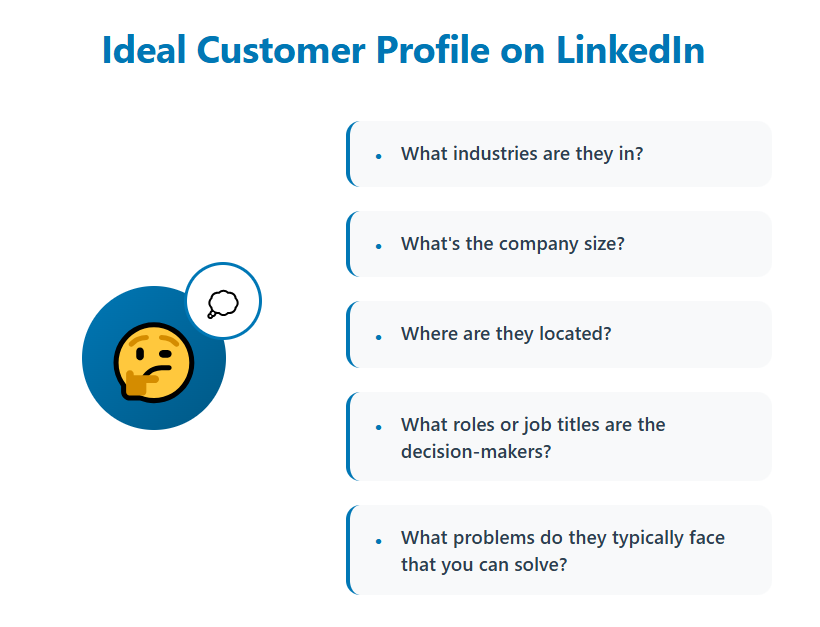
One of the simplest, and most overlooked, LinkedIn engagement tactics is consistently interacting with your target buyers before you ever send a connection request.
This strategy works because visibility breeds familiarity, which lowers resistance to your outreach.
When prospects see your name in their notifications over time, you instantly feel less like a stranger and more like a peer.
Here’s how to engage with B2B leads on LinkedIn effectively:
✅ Leave Thoughtful Comments on Your ICP’s Posts
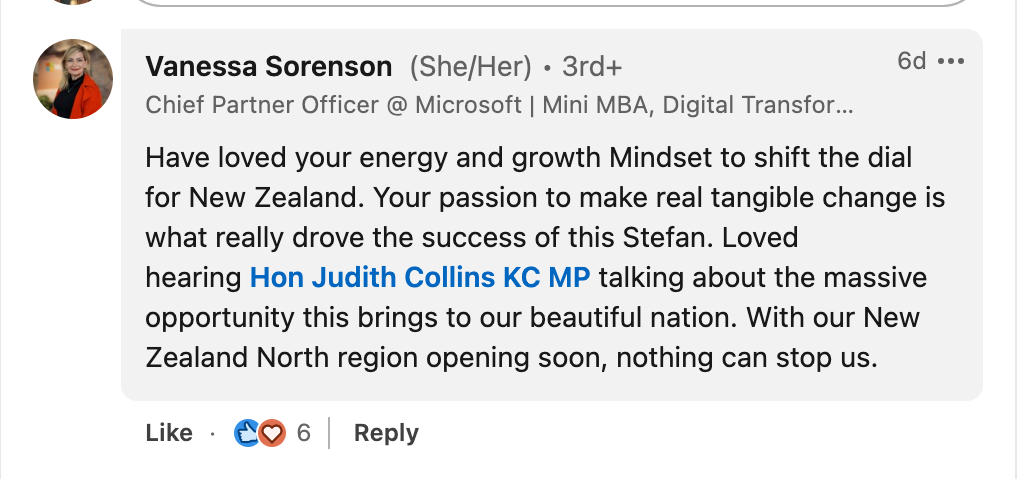
Instead of generic “Great post!” replies, leave specific and insightful comments that add value or ask a smart question. This demonstrates credibility and positions you as someone worth knowing.
Another example could be:
“Really interesting point about pipeline velocity—curious, have you seen AI tools help shorten sales cycles in your space?”
✅ DM Value-Based Insights Related to Your Comment
After engaging publicly, follow up with a short, no-pitch DM referencing your comment:
“Saw your post on scaling SDR teams—happy to share a playbook that’s worked well for other SaaS companies if you’d find it useful.”
✅ Build Visibility Before Connecting
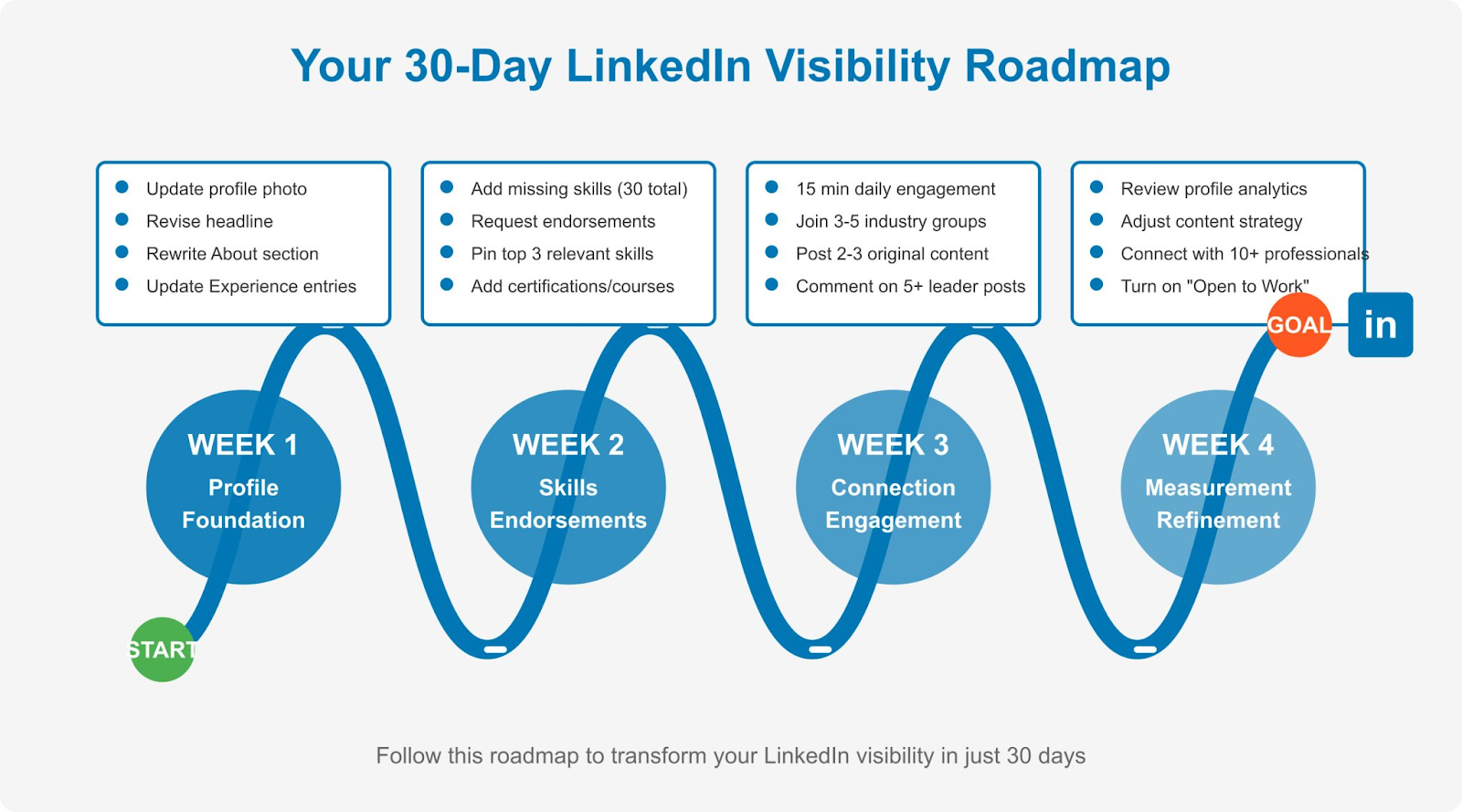
Aim to show up in your ideal customer’s feed multiple times over a week or two.
Once you’ve established familiarity, your connection request is far more likely to be accepted, and your message far more likely to be read.
This approach isn’t about chasing quick wins. It’s about strategic relationship building that warms up your pipeline naturally.
4. Use Search Filters + Boolean to Build a Dynamic Lead List
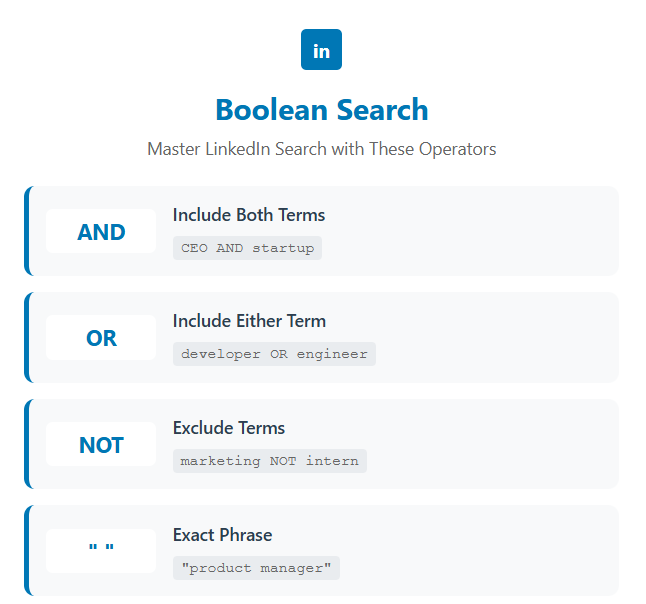
Before you ever write a message, you need the right people to send it to. The fastest way to waste time in LinkedIn prospecting is targeting the wrong audience—or failing to segment your approach.
With LinkedIn search filters and Boolean logic, you can build highly targeted, dynamic lead lists that keep your pipeline fresh and relevant.
Here’s how to find leads on LinkedIn step by step:
✅ Save Advanced Searches by Title, Location, and Industry
In LinkedIn’s free version, use filters like:
- Job Title (e.g., “VP Sales” OR “Head of Revenue”)
- Location (e.g., “United States” OR “Canada”)
- Industry (e.g., “Software” OR “Information Technology”)
Then, save these searches so you get notified when new prospects match your criteria.
✅ Use Sales Navigator for Deeper Filtering
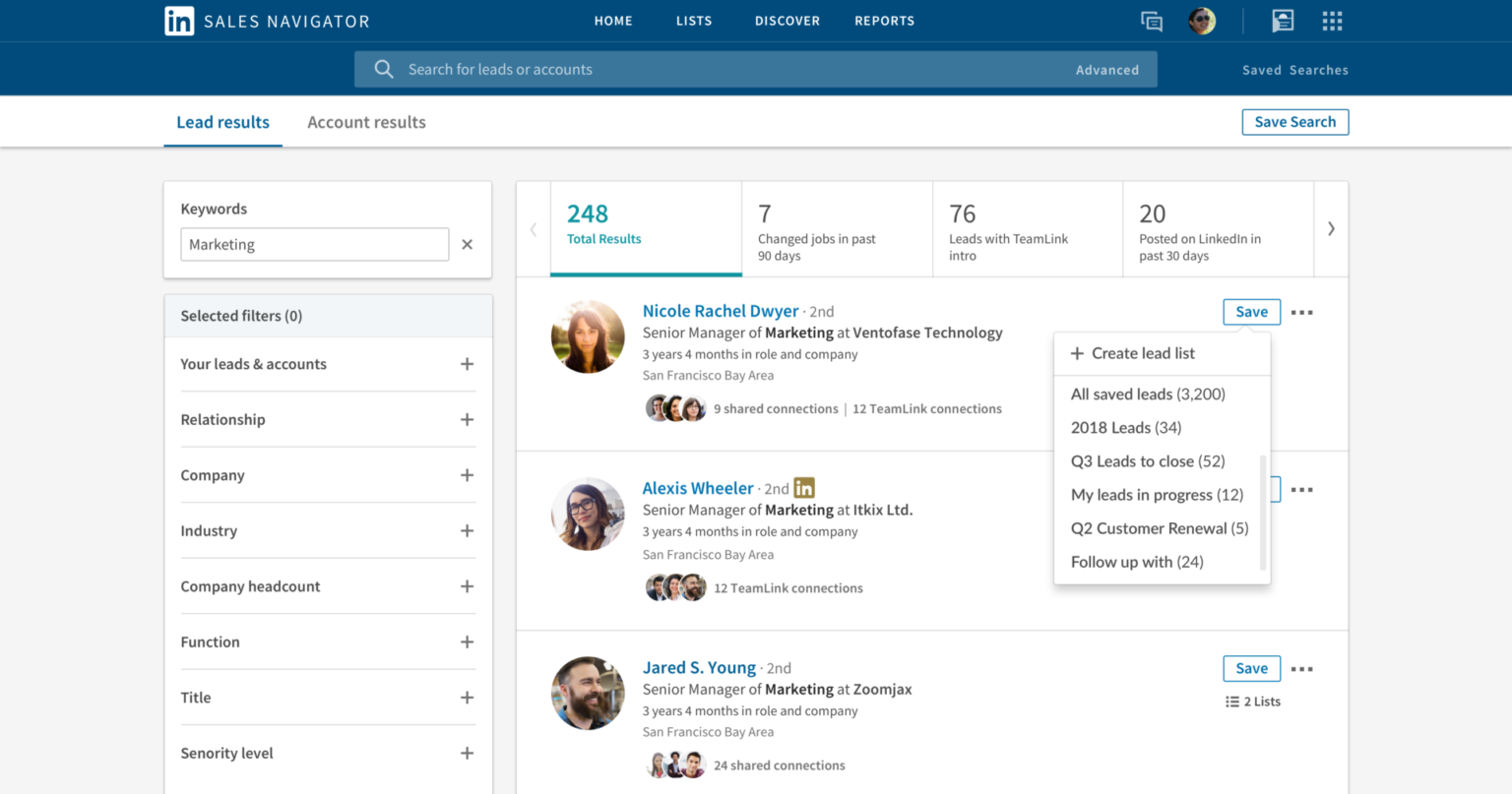
If you’re serious about prospecting, Sales Navigator is a must-have. You can filter by:
- Company headcount
- Recent job changes
- Years in position
- Posted content keywords
This makes it much easier to identify warm leads who are likely to respond.
✅ Build 5 ICP-Specific Lead Lists to Segment Outreach
Instead of one giant list, create 3–5 lists tailored to each Ideal Customer Profile (ICP).
For example:
- SaaS CROs in North America
- Fintech Marketing Directors in EMEA
- HR Leaders at mid-market companies
This segmentation allows you to craft messaging that speaks directly to each group’s unique pain points.
5. Publish Weekly POV-Driven Content
If you want to consistently generate warm leads, you can’t rely on outreach alone—you also need to attract prospects to you.
In 2025, the most effective LinkedIn content strategy is built around Point of View (POV)-driven content that showcases your expertise and humanizes your brand.
Here’s how to create a LinkedIn B2B content engine that fuels inbound conversations:
✅ Mix Content Types to Stay Fresh
Rotate between 3–4 content styles each week:
- Personal Story: Share lessons you’ve learned in your role or career.
- Client Win: Highlight a recent success (with permission) to build credibility.
- Myth-Busting: Challenge common misconceptions in your industry.
- Educational Carousel: Offer step-by-step guidance your audience can save and share.
An example:
✅ Include Clear Calls to Action
Every post should invite engagement, even if it’s soft. Use CTAs like:
📌 “DM me for a free resource”
📌 “Comment ‘GUIDE’ and I’ll send you the link”
📌 “Let’s connect if you’re exploring this for your team.”
✅ Aim for Consistency
Post at least 2 times per week + 1 carousel or document post to stay top-of-mind.
According to LinkedIn’s Content Benchmark Report (2024), consistent posting increases profile views by 150% and connection requests by 80% over time.
By sharing original insights and relatable stories, you’ll build credibility—and drive lead generation through content without sounding salesy.
📢 Pro Tip: The LinkedIn algorithm rewards creators who engage back. Reply to every comment to boost visibility and keep the conversation going.
6. Launch a Monthly Lead Magnet Campaign
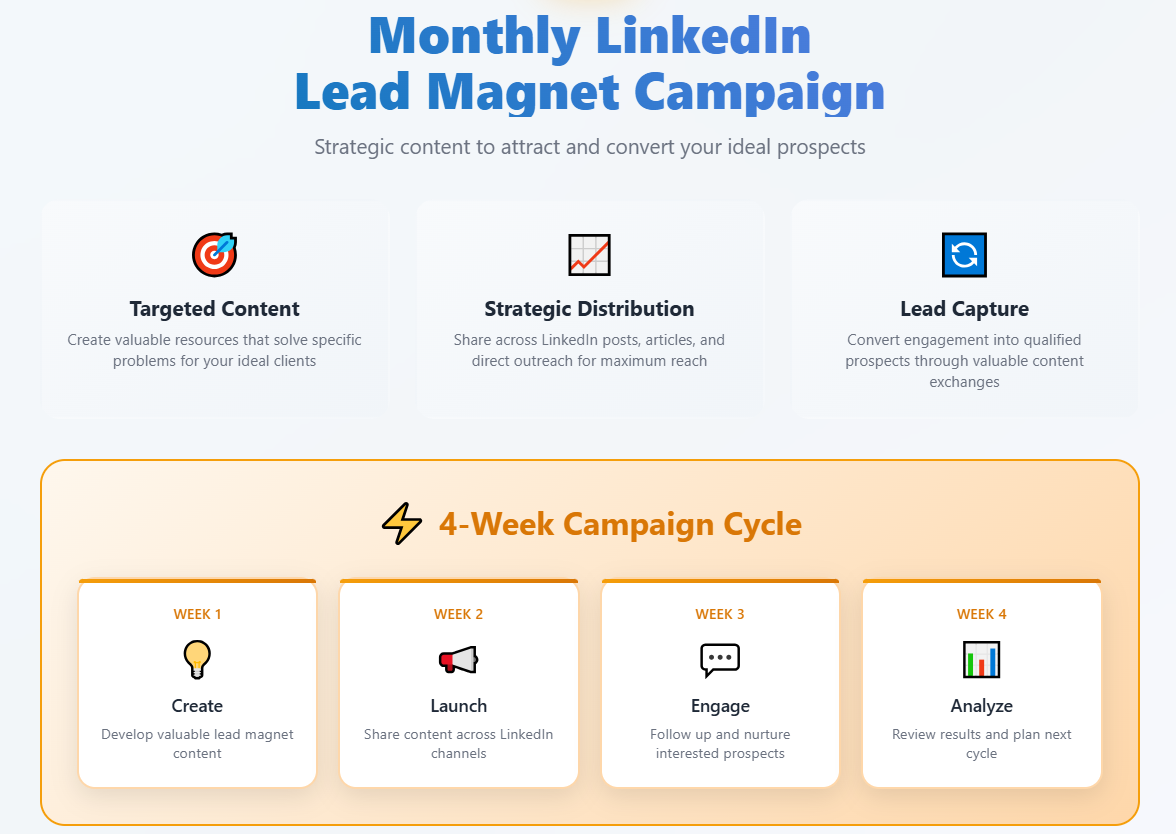
If you’re not offering something of value in exchange for contact details, you're leaving warm leads on the table.
In 2025, LinkedIn lead magnets are one of the most effective ways to capture B2B leads directly from your network—without spending on ads.
Here’s how to structure a high-converting B2B lead capture strategy on LinkedIn:
✅ Create Gated Content That Solves Real Problems
Each month, launch a new lead magnet tailored to your audience’s pain points:
- Industry trend reports or benchmarks
- Templates (e.g., sales scripts, growth frameworks)
- Mini-courses or swipe files
- ROI calculators or decision-making checklists
The key is specificity. Vague offers don’t convert, concrete tools and insights do.
✅ Promote via Organic Posts and DMs
Use your weekly content strategy to tease the lead magnet. For example:
“We just released our 2025 SaaS Sales Playbook—drop ‘PLAYBOOK’ in the comments and I’ll DM it to you.”
You can also send it directly in follow-up messages to warm leads.
✅ Link It Through Your Featured Section or Landing Page
Make it easy to access. Add the lead magnet to your LinkedIn Featured section or link out to a clean landing page with a short form.
This approach doesn’t just capture emails, it builds authority, drives conversations, and nurtures trust through valuable education.
7. Co-Comment With Shared Connections to Warm Prospects
One of the most underused LinkedIn engagement strategies in 2025 is co-commenting with your shared connections to create instant familiarity and credibility.
Instead of approaching prospects cold, you can warm them up by showing up where they already spend attention—in conversations with people they trust.
Here’s how to put this into practice for LinkedIn warm outreach:
✅ Track Who Your Mutuals Are Engaging With
Keep an eye on your top clients, partners, and industry peers. When they comment on posts from your target prospects, this creates an ideal opportunity to join the discussion organically.
✅ Join the Same Thread and Add Value
Don’t just drop a quick agreement. Leave a thoughtful, relevant comment that demonstrates your expertise. For example:
“Great point, Anna. Totally agree that buyer journeys have become nonlinear, curious if you’ve tried intent data to tackle this?”
✅ Reference the Mutual Connection in Your Follow-Up Message
Once you’ve co-engaged in a thread, your name is familiar. That’s when you send a warm DM:
“Hi [First Name], I noticed we both follow [Mutual Connection] and enjoyed your perspective on [Post Topic]. Thought it’d be great to connect and swap ideas.”
This micro-strategy builds credibility by association—and makes your outreach feel conversational rather than transactional.
8. Run Lead Gen Ads With High-Value Hooks
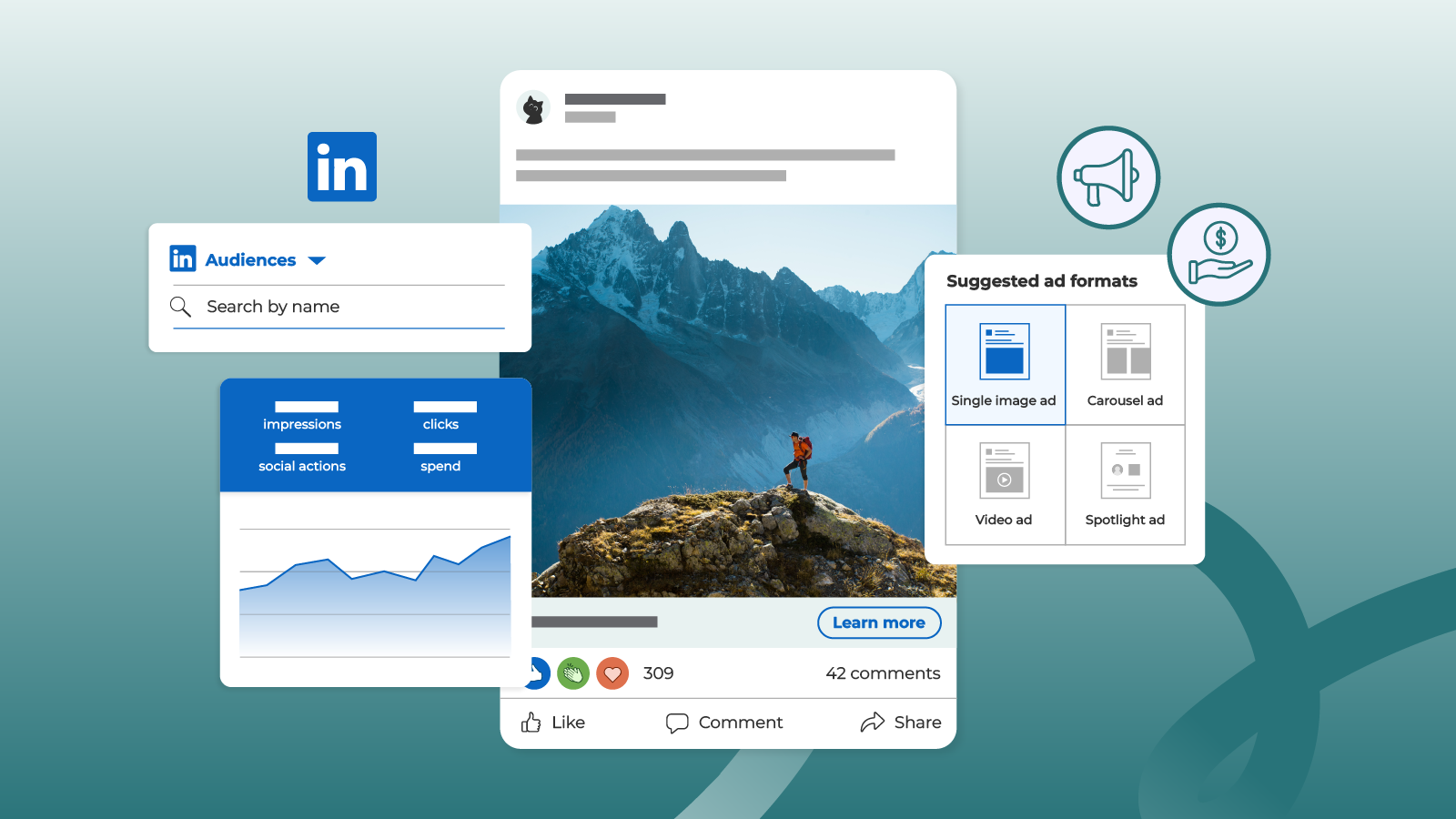
While organic outreach is essential, pairing it with LinkedIn lead gen ads B2B campaigns can accelerate your pipeline, especially when you combine high-value offers with retargeting.
Here’s how to build an effective LinkedIn B2B ad strategy for paid prospecting:
✅ Use Lead Forms + Exclusive Content Offers
Instead of sending prospects to an external landing page, use LinkedIn’s native lead gen forms.
These pre-fill with the user’s profile info, making it frictionless to opt in.
Offer gated assets that solve urgent problems:
- Industry benchmark reports
- Playbooks or templates
- ROI calculators
✅ Test Strong, Specific Hook Copy
Generic offers won’t cut through. Use clear, benefit-focused headlines such as:
“Free 2025 SaaS Hiring Report”
“How to Get 10 Warm Leads/Week on LinkedIn—Download Now”
These hooks instantly signal relevance and value, prompting higher conversion rates.
✅ Retarget Profile Visitors With a Second Ad
After launching your first campaign, create a retargeting audience of people who:
- Viewed your profile
- Clicked on your content
- Engaged with your ads
Then, show them a secondary offer or a direct invite to book a call. This sequential approach keeps your brand top-of-mind and builds familiarity over time.
9. Host Topic-Based LinkedIn Audio Events
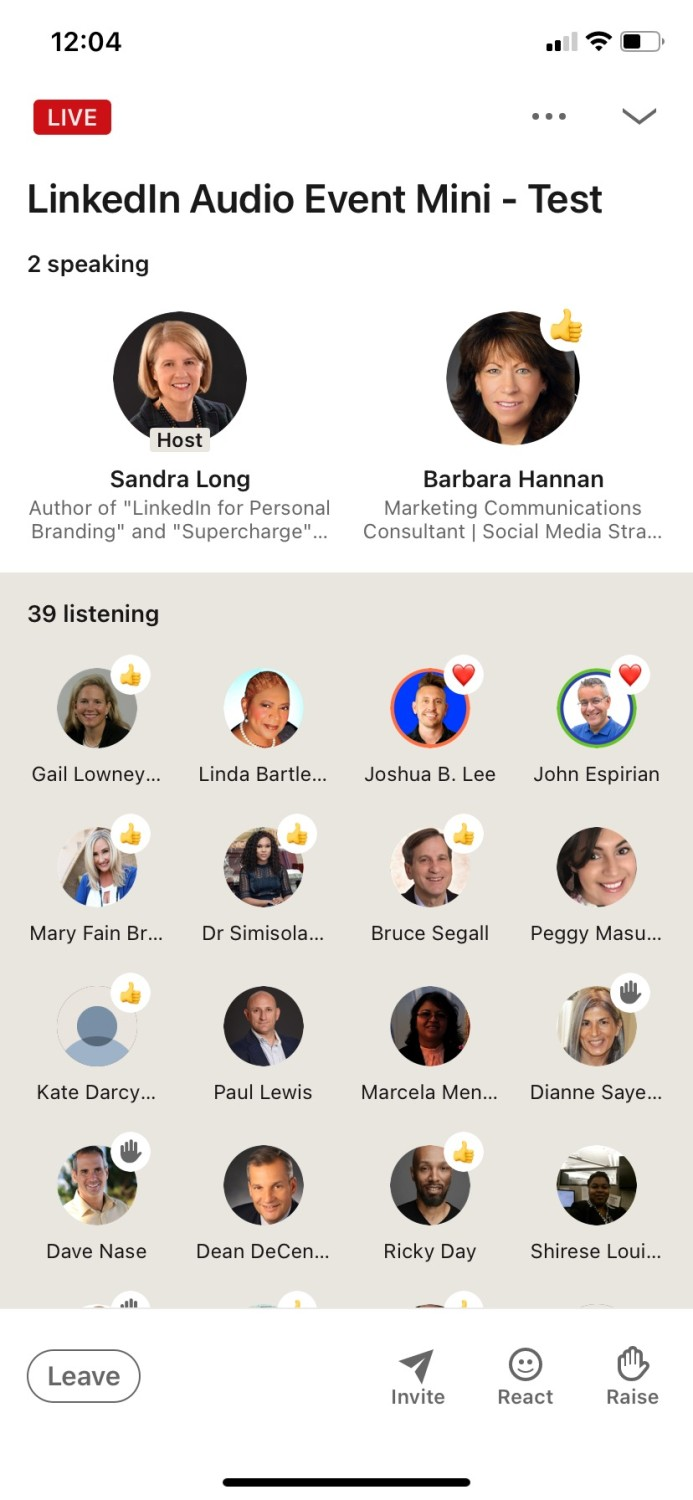
One of the most effective (and underused) ways to generate inbound leads on LinkedIn in 2025 is by running LinkedIn Audio Events.
Unlike webinars, these events feel casual and approachable—while positioning you as a credible expert in your niche.
Here’s how to use LinkedIn events for B2B outreach and community building:
✅ Host “Ask Me Anything” Style Live Sessions
Choose a timely, specific topic that speaks directly to your audience’s challenges. For example:
“Ask Me Anything: Scaling Your SaaS Sales Team in 2025”
“How to Generate 10 Warm Leads/Week Using LinkedIn”
Keep your positioning value-first, not salesy. Your goal is to educate, share insights, and build trust.
✅ Promote Proactively 3–5 Days in Advance
Don’t rely on organic visibility alone:
- Post about the event multiple times.
- DM warm prospects personally to invite them.
- Share the event link in relevant groups or comment threads.
✅ Invite Ideal Prospects and Follow Up
Make a list of your top ICP prospects and ensure they’re personally invited.
After the session, send a follow-up DM thanking them for attending and offering a free resource or a call to go deeper.
📢 Pro Tip: Combine your event with a lead magnet, offer attendees exclusive content in exchange for their email to nurture them after.
10. Leverage Thought Leadership Pods Strategically
If you’re serious about growing your reach, LinkedIn content pods can be a smart way to amplify your posts—when used correctly.
These small, private groups coordinate likes, comments, and shares to help posts gain early traction and signal relevance to the algorithm.
But unlike generic engagement groups, the key in 2025 is to focus on high-quality, niche-specific pods that only promote ICP-relevant content.
Here’s how to do it right:
✅ Create or Join Niche-Specific Content Pods
Look for (or build) a pod of 10–20 peers who serve the same audience but aren’t direct competitors—think consultants, complementary SaaS providers, or industry experts.
Example: If your ICP is B2B SaaS founders, join a pod of sales coaches, ops advisors, and VCs targeting the same crowd.
✅ Share and Support Each Other’s Posts Thoughtfully
When you publish content, drop a link to your pod chat or Slack group. Encourage others to:
- Like and meaningfully comment within the first 2–4 hours.
- Share posts occasionally when the content is genuinely valuable.
This early engagement helps boost LinkedIn visibility by signaling to the algorithm that your post is relevant and worth amplifying.
✅ Avoid Spam—Stay Focused on ICP-Relevant Content
Never engage with low-quality or off-topic posts just to return favors. Over time, spammy activity can hurt your credibility and engagement rates.
Done well, LinkedIn algorithm tactics like these can reliably grow your audience and build authority in your niche.
What We Learned For LinkedIn Prospecting Workflows
After studying over 1,000 successful LinkedIn prospecting campaigns, it’s clear the most effective workflows don’t rely on luck—or volume alone.
Instead, top performers follow predictable patterns that blend personalization, trust-building, and smart audience curation.
Below are two of the biggest takeaways you can apply right away.
⭐ Top Performers Focused More on Value Than Pitch
When it comes to LinkedIn sales prospecting, the best results came from value-based selling—not aggressive pitching.
Here’s what stood out:
✅ 3x More Likely to Publish Educational Content
High-performing profiles consistently shared practical, insight-driven posts, like how-to guides, industry benchmarks, and playbooks.
This approach positions you as a trusted resource rather than just another salesperson.
✅ Personalized Messages Outperformed Templates 5:1
Data showed that personalized outreach messages referencing the prospect’s role, company, or recent activity generated 5 times more replies compared to generic templates.
If you’re serious about scaling relationships, personalization isn’t optional—it’s the foundation of effective LinkedIn value-based selling in 2025.
⭐ Network Quality Beats Quantity
Another major insight: network size alone doesn’t drive conversions.
The top performers in our research built smaller, curated networks filled with their ideal customers—proving that ICP relevance trumps vanity metrics.
High-Converting Users Prioritized Relevance Over Scale
Instead of chasing thousands of connections, they focused on connecting with decision-makers who matched their Ideal Customer Profile—by title, industry, and company size.
Smaller Networks Drove More Engagement
Curated networks made it easier to maintain relationships and stay visible in the feed. As a result, posts and messages landed in front of exactly the right audience.
If you’re looking to grow B2B connections effectively, think quality over quantity—it’s the fastest way to build trust and credibility with the people who matter most.
📢 Pro Tip: Use LinkedIn’s filters to audit your network quarterly and remove irrelevant contacts to keep your audience clean.
Mistakes That Ruin LinkedIn Prospecting in 2025
Even with the best tools and tactics, LinkedIn lead generation can fail fast if you fall into these common traps.
From studying hundreds of campaigns and user behaviors, we’ve seen the same LinkedIn outreach failures repeated over and over—costing brands trust, engagement, and pipeline.
Avoid these B2B LinkedIn prospecting errors if you want to stand out and drive real results:
✅ Pitching Before Permission
Nothing kills trust faster than opening with a sales pitch to a cold contact.
Today’s buyers expect connection first, value second, and offers third. If you skip straight to pitching, your messages are almost guaranteed to be ignored—or worse, reported as spam.
Better: Lead with a relevant comment, a thoughtful question, or a helpful resource before introducing your offer.
✅ No Profile Value Proposition
Even if your outreach is perfect, your profile is your credibility check.
If you haven’t clearly articulated what you do and why it matters, prospects will bounce the moment they click your name.
Better: Use your headline, banner, and About section to showcase your value proposition, social proof, and ways to connect.
✅ Ignoring Follow-Ups and Comments
It’s rarely the first message that closes a conversation, it’s the follow-up.
Failing to respond to comments on your posts or neglecting to check in after your initial outreach is one of the biggest LinkedIn lead gen mistakes we see.
Better: Plan a 3–5 touch follow-up sequence and actively reply to all engagement on your content.
✅ Using Mass Automation With Zero Personalization
While automation can save time, using bulk tools to blast templated messages is a surefire way to damage your brand and burn your account limits.
Better: Use smart automation sparingly—and always layer in custom touches that prove you’ve done your homework.
Conclusion
LinkedIn prospecting in 2025 isn’t about volume—it’s about trust.
The brands and professionals winning today understand that human-first, value-led, and strategic engagement beats automation and spam every time.
By focusing on:
✅ Profile optimization that instantly communicates credibility and relevance
✅ Value-driven content that educates and attracts your ideal audience
✅ Context-aware outreach that feels personal, not pushy
—you’ll set yourself apart in a crowded feed and turn connections into real conversations.
When applied consistently, the 10 tactics above can transform your LinkedIn presence into a predictable engine for B2B lead generation.
If you’re serious about driving lead generation from LinkedIn—without relying on ads or cold calls, we can help you with real and right prospecting.

At Cleverly, we've helped our 10,000+ B2B clients across all industries generate leads with companies like:
- Amazon
- UBER
- PayPal
- Slack
- Spotify & more
That resulted in $312 Million in Pipeline Revenue, $51.2 Million in Closed Revenue through Linkedin Outreach.
If you're interested in generating qualified B2B Leads through Linkedin at the most affordable pricing, let’s talk!



